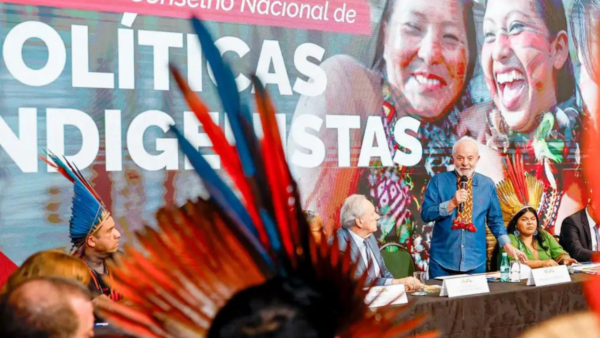With their candidate Luiz Inácio Lula da Silva imprisoned and serving a 12-year sentence for corruption, you would expect support for his Workers’ Party to be dwindling. However, in the Northeast region, the party remains far ahead in the polls for the October 7 elections. Recent opinion polls show that the former president has the backing of 59 percent of northeastern Brazilians – a significant achievement in a race that includes 12 other candidates.
Until his first electoral win, Lula and the Workers’ Party were more popular among liberal middle-class, better-educated voters. That shifted after his first term, and the Northeast has become a stronghold of the Workers’ Party. Since his 2006 re-election bid, the region has consistently seen high voter turnout for the left. After Lula’s tenure, his appointed successor Dilma Rousseff also secured a majority in every northeastern state in both the 2010 and 2014 presidential elections.
Despite making up over a quarter of Brazil’s population and being a former center of power, the Northeast has spent decades in economic obscurity. Following the decline of the sugar industry and the emergence of the Southeast as an economic powerhouse, the region has fallen behind, creating serious socioeconomic consequences, particularly for those living in rural areas.
In previous years, food shortages and the harsh conditions of the arid sertão (hinterlands) forced thousands of families to migrate, with many moving to peripheral...


 Search
Search






































